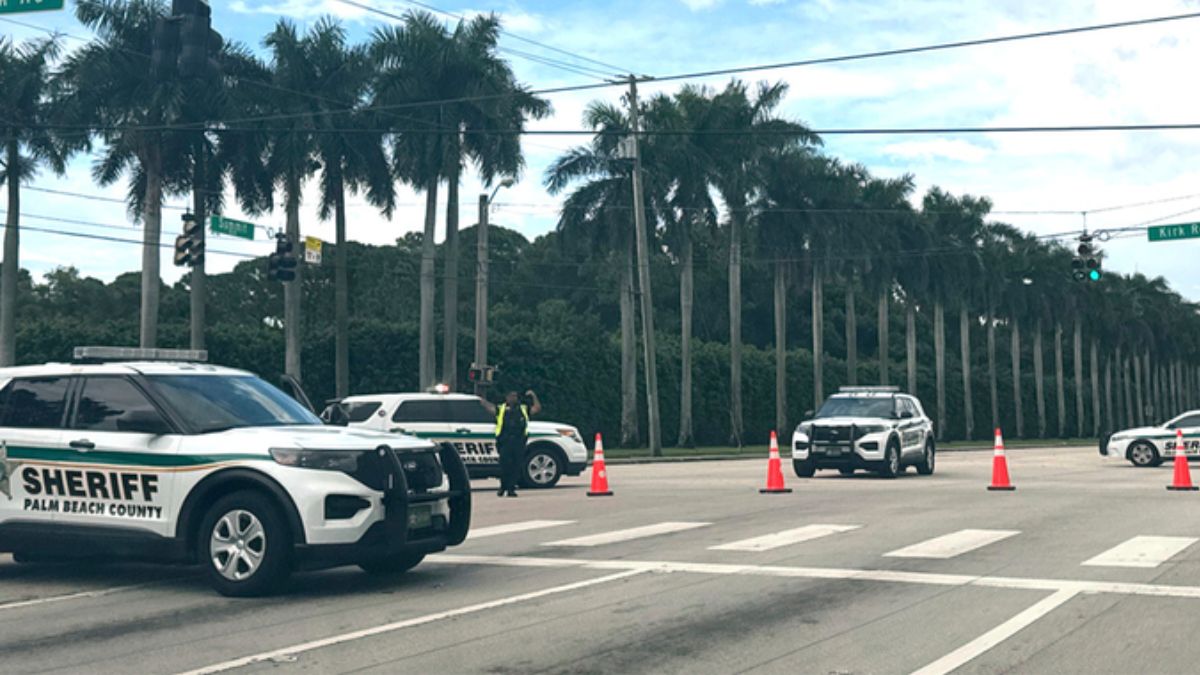 Image credits - Fox News
Image credits - Fox News
Advertisement
Security and military experts have examined the difficulties and complications that the U.S. Secret Service encountered in protecting former President Donald Trump during his second attempted assassination. The incident that happened on Sunday at the Trump International Golf Club in West Palm Beach, Florida, has caused major apprehension over the efficacy of the safeguards in place at the moment.
Former SWAT commander and sniper squad leader Josh Schirbard stressed the challenges that come with defending open areas such as golf courses. According to Schirbard, “wide open areas like golf courses are notoriously difficult to secure.” “The routes of ingress are almost infinite, and most golf courses contain an abundance of wooded areas, shrubs, and other landscape features that make masking one’s approach even easier.” Schirbard observed that a long-range rifle shot that takes use of distance and terrain masking would have the best chance of a successful assassination attempt.
According to the FBI, when the Secret Service agent first observed Ryan Wesley Routh, the 58-year-old suspect, he was between 300 and 500 yards away from Trump and carrying an AK-47-style rifle. Routh left the area and was later taken into custody. Although the AK-47 is well-known for its dependability, Schirbard noted that its accuracy at long range is not as well-known. “Even with a 30-round magazine, attempts like this only get 1 – 3 rounds to hit their mark before the target is out of view,” he stated.
Despite the attempted assassination, Trump remained unharmed, with his campaign praising the Secret Service’s response. Senior campaign advisers Chris LaCivita and Susie Wile expressed relief that Trump and his team were safe, attributing their protection to the diligent work of the Secret Service.
The incident underscores the ongoing challenges in securing public figures, particularly in environments where traditional security measures face significant limitations. The effectiveness of current protective strategies and the adaptability of potential threats remain key considerations for security professionals.
